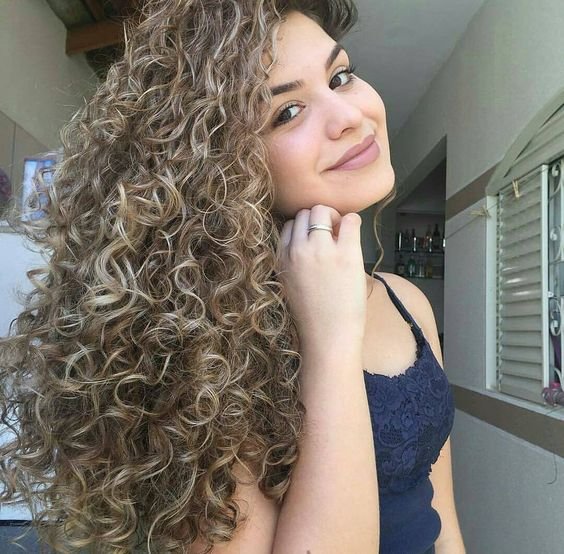

Their smooth, wooden surface can also make it more difficult to keep hair rolled onto them. Wooden perm rods: For those wanting to reduce plastic use, wooden rods make a good choice, although they make cleaning and disinfecting a bit more difficult.Plastic perm rods: The most common type of perm rod, you can easily clean and disinfect plastic perm rods.Just as perm rods come in different shapes and sizes, they come in the following materials, each with its own benefits: These rods can’t be rolled close to your head, especially with longer hair, and make a great choice when wanting body waves. Straight rods have the same thickness end to end and create uniform curls.Because of its concave shape, these rods can sit closer to your head and produce curls of varying thicknesses. Concave rods, the most commonly used rods, produce curls that are tighter at the center but looser near the ends.When choosing, consider these differences:

Use them at home to achieve a variety of curl results.Ĭhoosing between concave or straight perm rods depends on the look you want to achieve. They come in various diameters like other rods, allowing loose waves or tight ringlets. Flexi-rods: As the name says, flexi-rods have flexibility so you can wrap your hair around them as well as flex the rod into shapes, which adds even more texture and body to your hair.Use these rods to create curls of varying tightness. Concave perm rods: The most commonly used perm rods, concave perm rods measure thinner in the middle and thicker at the ends.


Small perm rods have a diameter of a half-inch or less. For example, a ⅜ inch perm rod might be yellow and a 1¼ inch perm rod could be black. Since it can be difficult to identify the different perm rod sizes at a glance, they’re color-coded. Choosing the right perm rod size depends on how you want your curls to turn out.


 0 kommentar(er)
0 kommentar(er)
